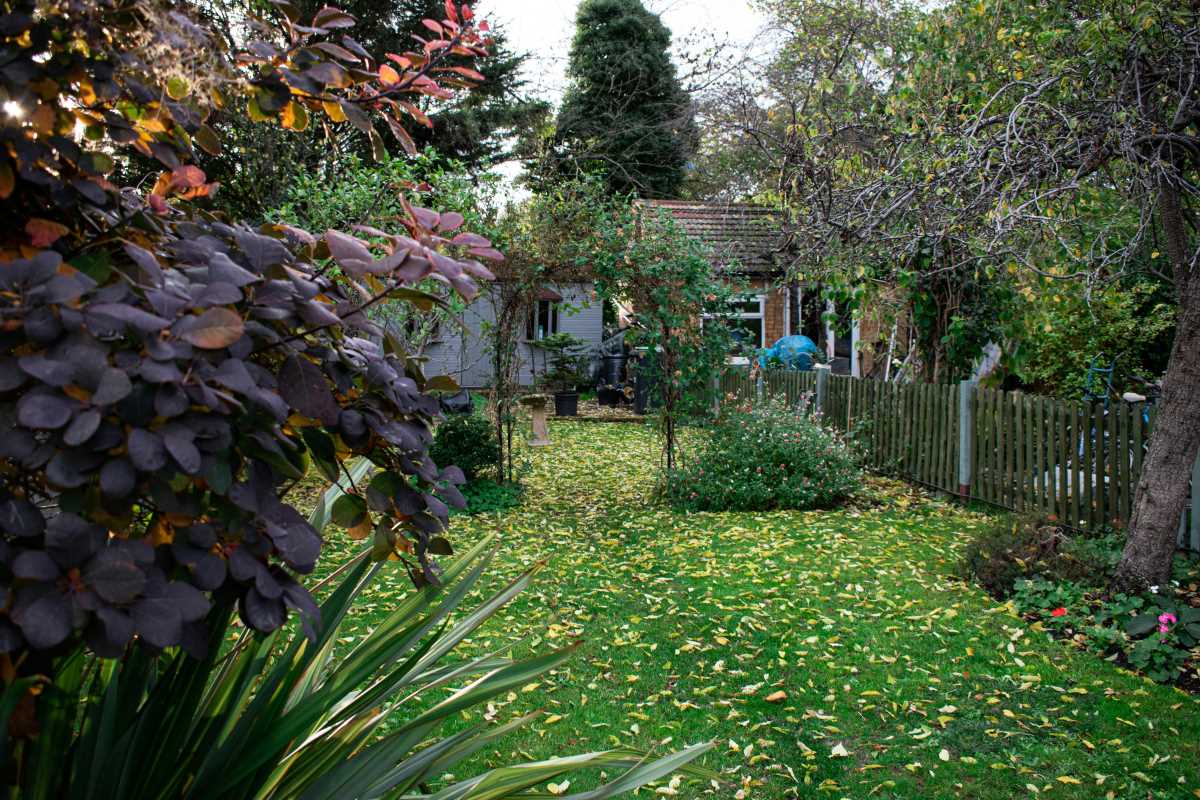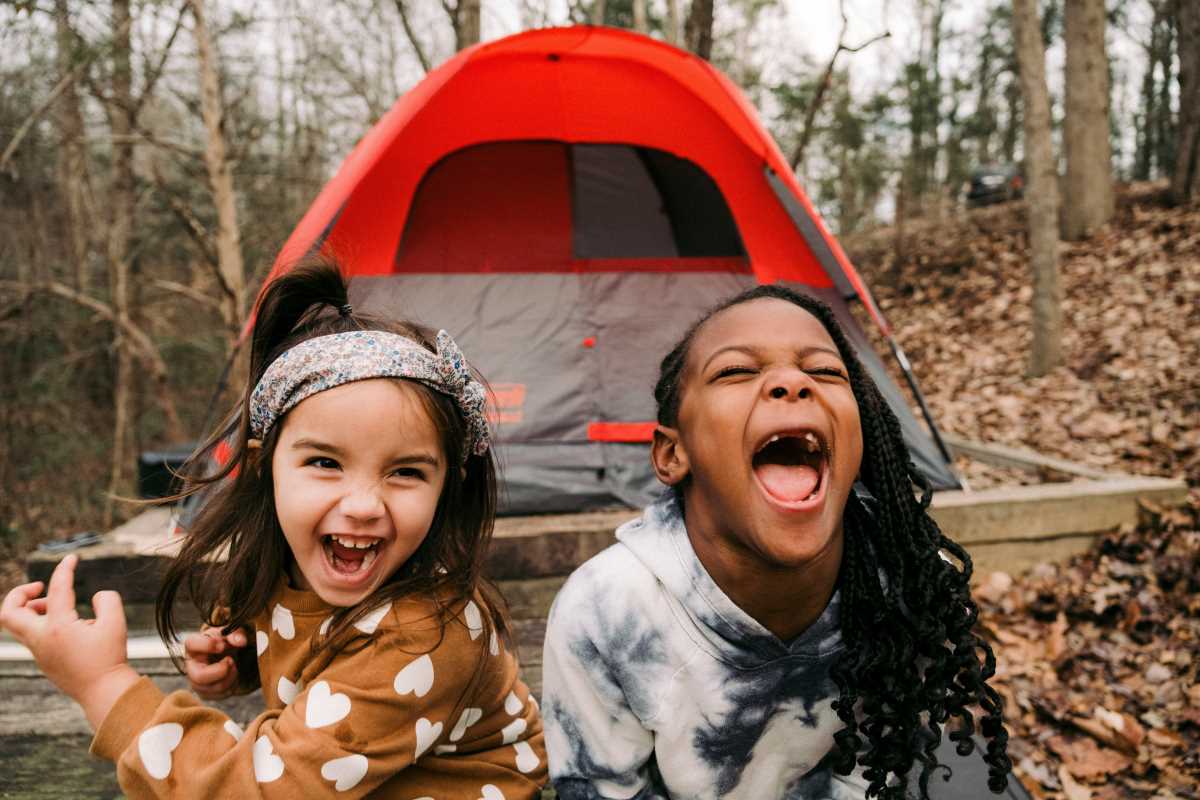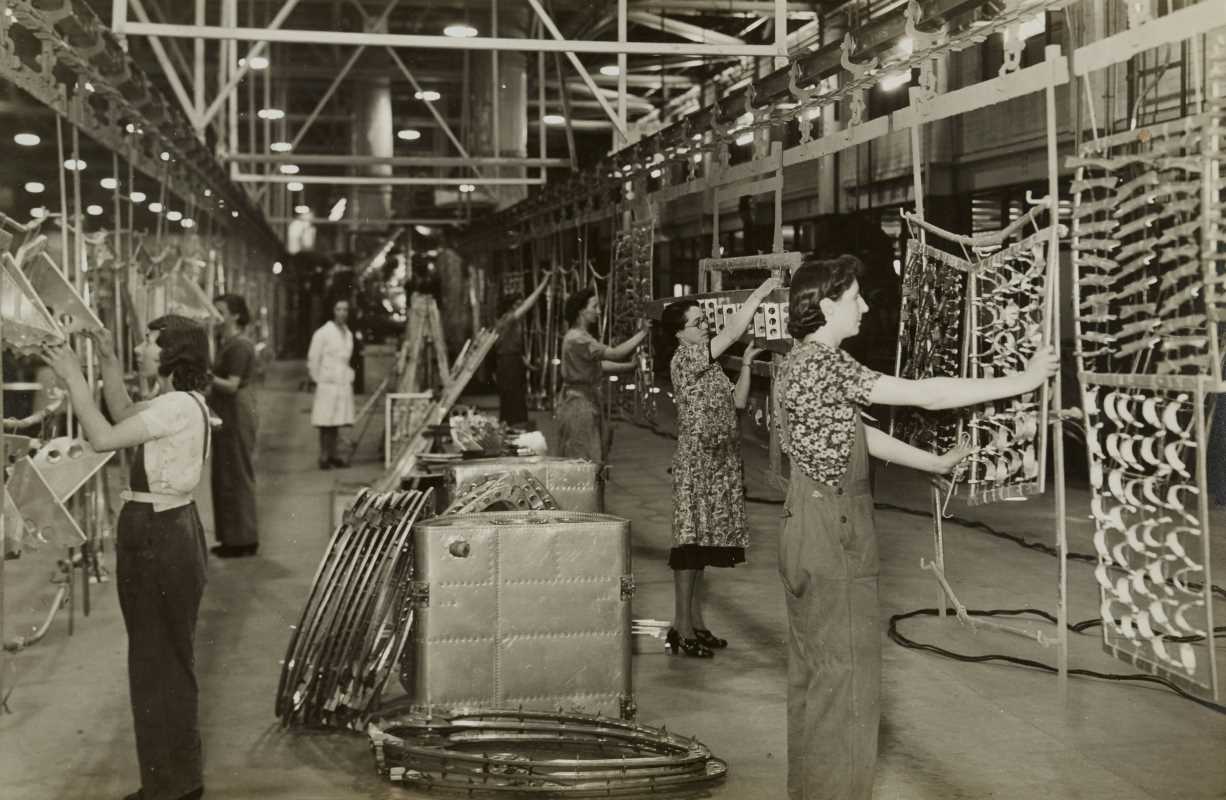The phrase "family road trip" can conjure two vastly different images. The first is a sun-drenched montage of happy, smiling faces, singing along to the radio as picturesque landscapes glide by. The second, and perhaps more realistic, image involves a chorus of "Are we there yet?", a mysterious sticky substance on the upholstery, and the sinking feeling that you’ve only covered 47 miles in three hours. Traveling with young kids is an adventure, but it requires a level of strategic planning usually reserved for military operations.
The key to a successful road trip with little ones isn’t just about surviving the journey; it's about reframing the trip itself. The destination is only part of the equation. A truly clever road trip builds the fun into the travel, transforming the car from a kid-filled containment unit into a mobile memory-making machine. Forget marathon drives and white-knuckled attempts to "make good time." It’s time to embrace a new philosophy of family travel with these five road trip ideas designed to keep everyone, parents included, happy, engaged, and relatively sane.
The 'Mystery Tour' Adventure
Kids thrive on anticipation and surprise. A "Mystery Tour" road trip harnesses this by turning the entire journey into a game. Instead of revealing the full itinerary upfront, you present the trip as a series of clues and secret destinations. The ultimate destination might be known to the parents (a visit to grandma’s house or a specific vacation spot), but the route you take to get there becomes an unfolding adventure. Each morning, or at each stop, you can give the kids a sealed envelope containing a clue to the next leg of the journey.
The clues can be riddles, simple maps, or pictures of a landmark you’re about to visit. For example, a clue might be a picture of a giant dinosaur statue, leading to a stop at a quirky roadside attraction. Another could be a riddle about an animal, leading to a visit to a small, local zoo or wildlife sanctuary along your route. This approach transforms travel days from something to be endured into an active, engaging quest. It breaks the trip into manageable, exciting chunks and keeps kids focused on the "what's next?" instead of the "how much longer?" It also encourages you to explore the smaller, often overlooked attractions that make road trips so memorable.
The Reverse Itinerary Trip
A common road trip mistake is trying to cram too much activity into the end of a long travel day. You arrive at your hotel, exhausted and grumpy, and then attempt to rally the troops for a fun evening. The "Reverse Itinerary" flips this on its head. The main activity of the day happens in the morning, when everyone is fresh and full of energy, and the driving happens in the afternoon, ideally during nap time. This structure works beautifully with the natural rhythms of young children.
You might start your day exploring a state park, visiting a children’s museum, or spending a few hours at a lake or beach near your starting point. After a good run-around and a picnic lunch, you bundle the tired, happy kids into the car for the afternoon's drive. With any luck, the motion of the car will lull them to sleep, giving the adults a few precious hours of quiet driving, podcast listening, or actual conversation. You arrive at your evening's destination with the "fun" part of the day already accomplished, free to have a low-key dinner and get everyone to bed without the pressure of a big outing. This approach minimizes meltdowns and maximizes quality time.
The 'Theme Park' Journey
This road trip isn't about going to a single theme park, but about turning the journey itself into one. The idea is to pick a theme that your kids are passionate about and build the trip around it. This gives the entire experience a cohesive and exciting narrative. The theme can be anything from dinosaurs and castles to outer space and wild animals. Once you have your theme, you can plan a route that connects relevant points of interest, no matter how big or small.
A dinosaur-themed trip, for example, could include a mix of world-class museums and quirky roadside attractions. You could plan a route that incorporates these stops:
- A natural history museum with a great fossil collection.
- A visit to a real paleontological dig site or a state park known for dinosaur tracks.
- A stop at a cheesy, old-school dinosaur park with giant concrete statues.
- Watching a dinosaur movie on a tablet during a long stretch of driving.
This approach gives the trip a sense of purpose and makes planning much easier. You’re not just looking for "things to do"; you’re on a specific mission. It encourages creativity and can introduce your family to fascinating, off-the-beaten-path locations you would have otherwise missed. The car becomes a spaceship on a cosmic journey or a time machine heading back to the Jurassic period, which is far more exciting than just being a minivan on the interstate.
The Slow-Paced 'Hub and Spoke' Model
The traditional road trip involves packing and unpacking in a new place every single night. This constant upheaval can be particularly exhausting with young children. The "Hub and Spoke" model offers a more stable and relaxing alternative. Instead of a linear route, you choose one or two central locations (the hubs) to stay for several nights. From this home base, you take shorter day trips (the spokes) to explore the surrounding area.
This method has numerous advantages. It significantly reduces the amount of packing and unpacking, a chore that multiplies exponentially with every child you add. It allows you to settle in, create a temporary "home," and maintain some semblance of a routine, which is comforting for young kids. You can stock a fridge with familiar snacks, have a consistent place for naps, and avoid the nightly chaos of checking into a new hotel. The day trips are shorter and less demanding, so if a child has a meltdown or gets sick, you can easily retreat to your home base without derailing the entire vacation. It combines the variety of a road trip with the stability of a single-destination holiday.
The 'Activity Bag' Bonanza
Even with the most cleverly planned itinerary, there will be long stretches of driving. This is where a well-executed arsenal of in-car entertainment becomes your most valuable asset. While screens have their place, relying on them entirely can lead to zombified kids and missed scenery. The "Activity Bag" bonanza is a proactive strategy for keeping boredom at bay. Before the trip, create a collection of small, car-friendly activities, toys, and snacks. The trick is to keep them hidden and reveal them one at a time over the course of the journey.
Don't present everything at once. When you hear the first whispers of boredom, you can dramatically reveal a "new" activity from the magic bag. This could be a fresh coloring book and a set of twistable crayons (which don't require sharpening), a magnetic puzzle, a mess-free sticker book, or a new audiobook to listen to as a family. Interspersing these with special, car-only snacks adds another layer of excitement. The novelty of each item buys you precious minutes, sometimes even hours, of peaceful driving. It turns you from a beleaguered driver into a magnificent purveyor of fun, doling out delightful surprises that make the miles fly by.







